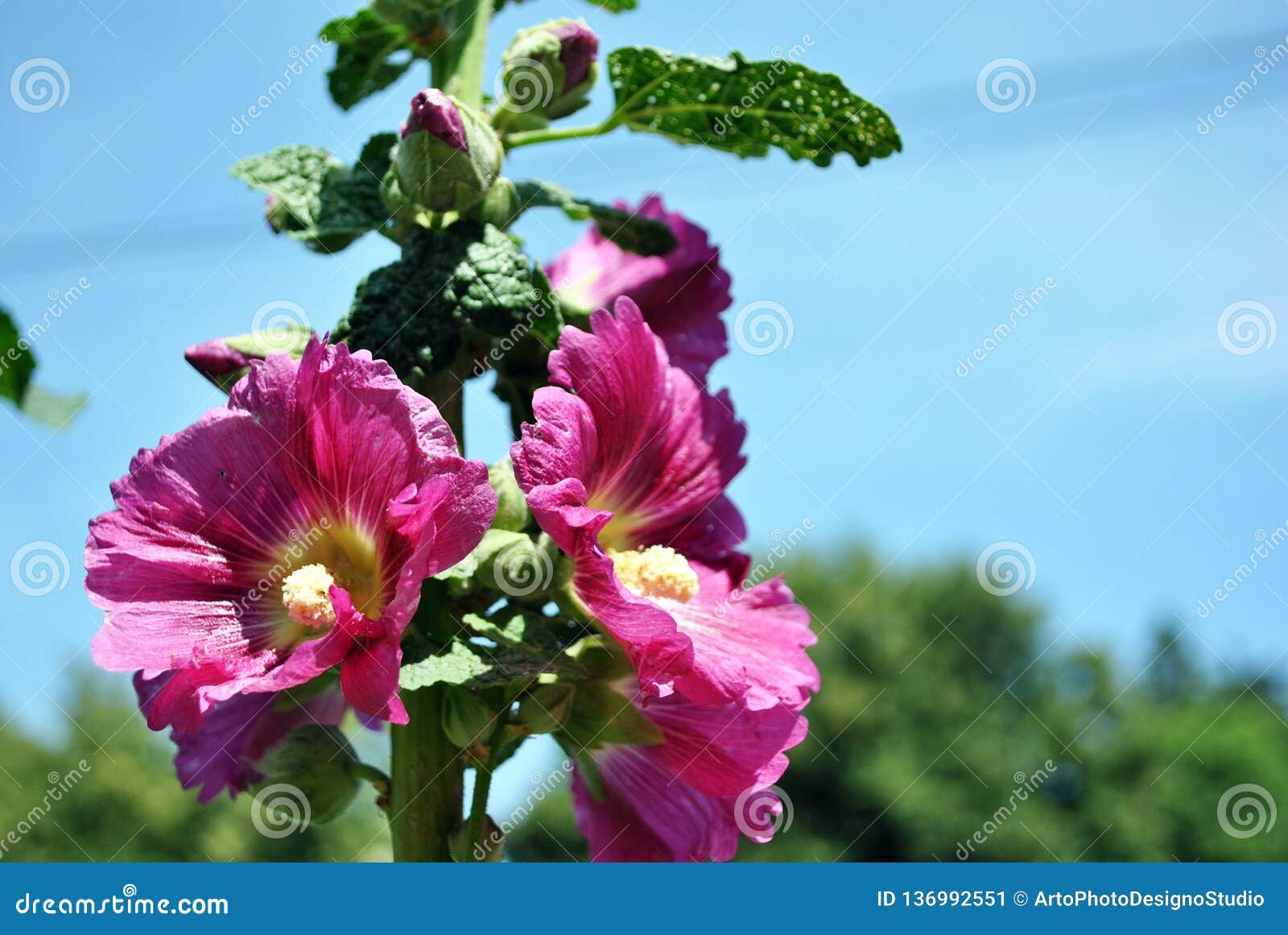
I’ve noticed healthy populations of worms where I have dug kitchen vegetable and fruit trimmings into deep holes in the garden. For mulch use compost that has not yet fully decomposed into a fine soil, chopped leaves or thin layers of lawn clippings.Ī humus-rich soil, well plumped with compost and/or composted manures, is worm-friendly, as is the avoidance of chemically treated fertilizers and pesticides. Some can be viewed at .ĭear Helen: How can I increase the worm population in my soil?ĭear K.D.: Keeping the soil as cool as possible by deep watering and a covering of mulch during the summer helps to encourage the proliferation of worm populations. Various selections of Malva sylvestris are available. Should shorter plants be desirable where this malva has begun to grow, simply pinch out the growing tips of stems once they have developed to a height of 30 centimetres. An old name for the plants is “cheeses,” for the tan to brown seeds that are shaped like a cheese wheel. Malva sylvestris flowers all summer and into fall. From a long-ago planting I still have these plants emerging robustly in parts of the front garden, where they thrive and flower merrily even in dryish soil harbouring tree roots. The stripes serve a practical purpose as nectar guides for bees.

I think your flowers are Malva sylvestris (tree mallow, common mallow), a freely self-sowing, usually hardy perennial characterized by large, hollyhock-like foliage and showy, dark-striped, mauve-purple blooms.

Dear Helen: Can you help identify a plant that grows wild on my property? It grows to around two metres tall, with purple blooms accented in dark stripes.


 0 kommentar(er)
0 kommentar(er)
